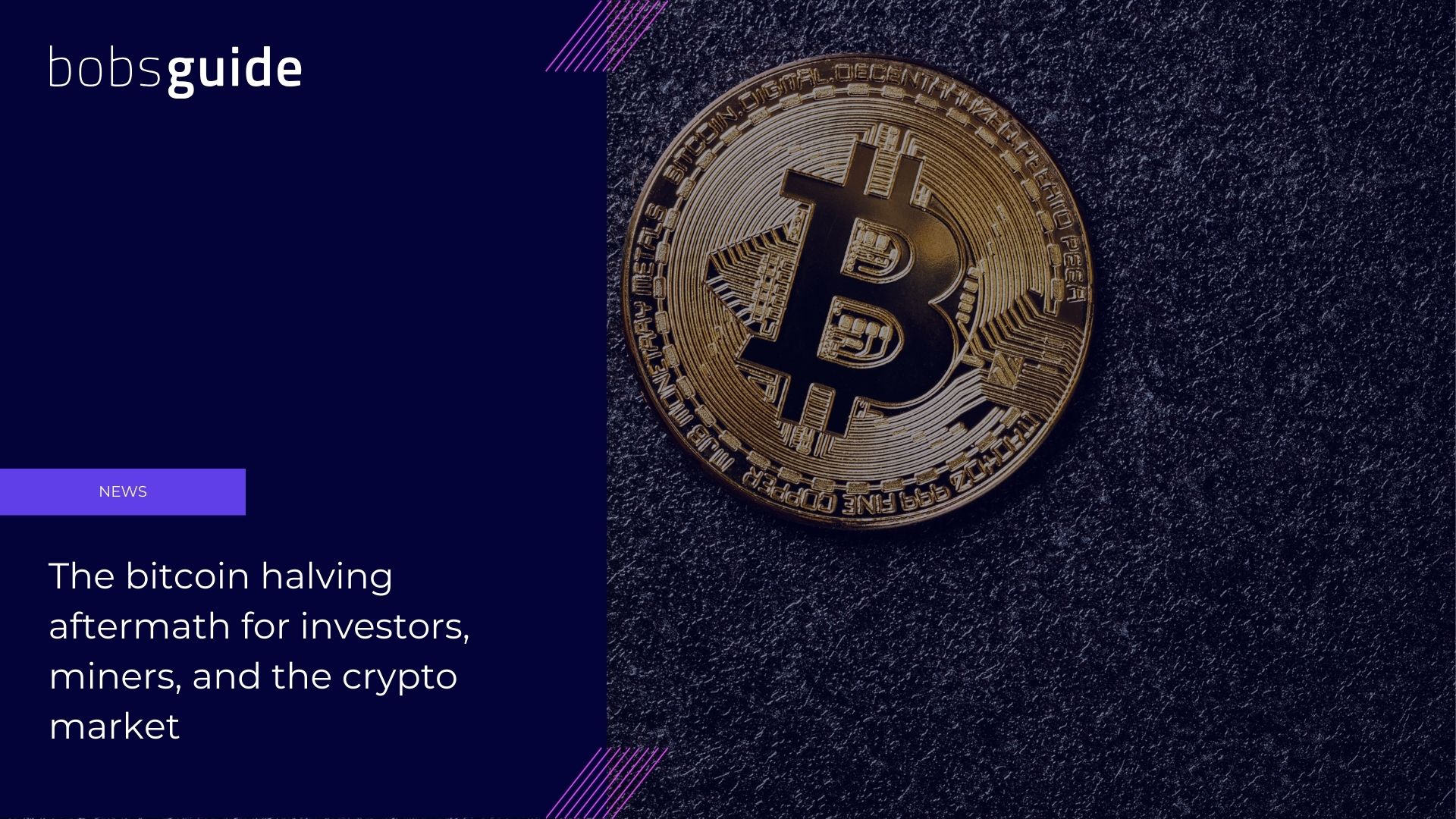
The bitcoin halving aftermath for investors, miners, and the crypto market
- April 23, 2024
- 3 minutes
Latest News

Lithuanian startup Softloans raises €1m to boost SME financing in e-commerce
The Vilnius-based fintech startup has secured €1 million in pre-seed investment round to revolutionise SME lending in the e-commerce sector. With pl...
- April 24, 2024
- 3 minutes

Standard Chartered boosts API adoption with new Open Banking Marketplace
An enhanced plug-and-play platform that focuses on user experience with reduced implementation time by streamlining business-to-bank collaboration....
- April 24, 2024
- 3 minutes

British Caribbean Bank partners with Finastra to revamp its core technology
This strategic alliance with Finastra streamlines BCB's back-office operations, unlocking new efficiencies, reducing costs, and boosting team producti...
- April 23, 2024
- 2 minutes

The bitcoin halving aftermath for investors, miners, and the crypto market
Before the halving, the cryptocurrency traded on a steady note around the $63,000 mark. Just days after the event, the bitcoin price was up 1.6%, hove...
- April 23, 2024
- 3 minutes

Artificial Intelligence in Regtech Global Market Report 2024 – Market to reach $6.64 billion by 2028
From a valuation of $1.37 billion in 2023, the market is projected to surge to $1.89 billion in 2024, marking a compound annual growth rate (CAGR) of ...
- April 22, 2024
- 3 minutes

Mastercard launches mobile virtual card app to streamline business and travel expenses
The app will use Mastercard’s robust virtual card and tokenization technology to offer enhanced data security and spend control features, accessible...
- April 22, 2024
- 3 minutes

Deloitte and 10x Banking’s strategic alliance aims to revolutionise digital banking
In a groundbreaking move to redefine the digital banking landscape, 10x Banking, the cloud-native SaaS core banking platform, and Deloitte have announ...
- April 19, 2024
- 3 minutes

NetSuite launches Enterprise Performance Management for EMEA businesses
New unified finance solution connects financial and operational planning, automates account reconciliation, streamlines the close process, and support...
- April 19, 2024
- 3 minutes
SOFTWARE SPOTLIGHT

PayPal Ventures Embarks on AI Journey with Strategic Rasa Investment
This venture not only marks PayPal's inaugural investment in the AI sphere but also introduces its AI Fund, dedicated to fostering innovation by suppo...

 Bobsguide is a
Bobsguide is a